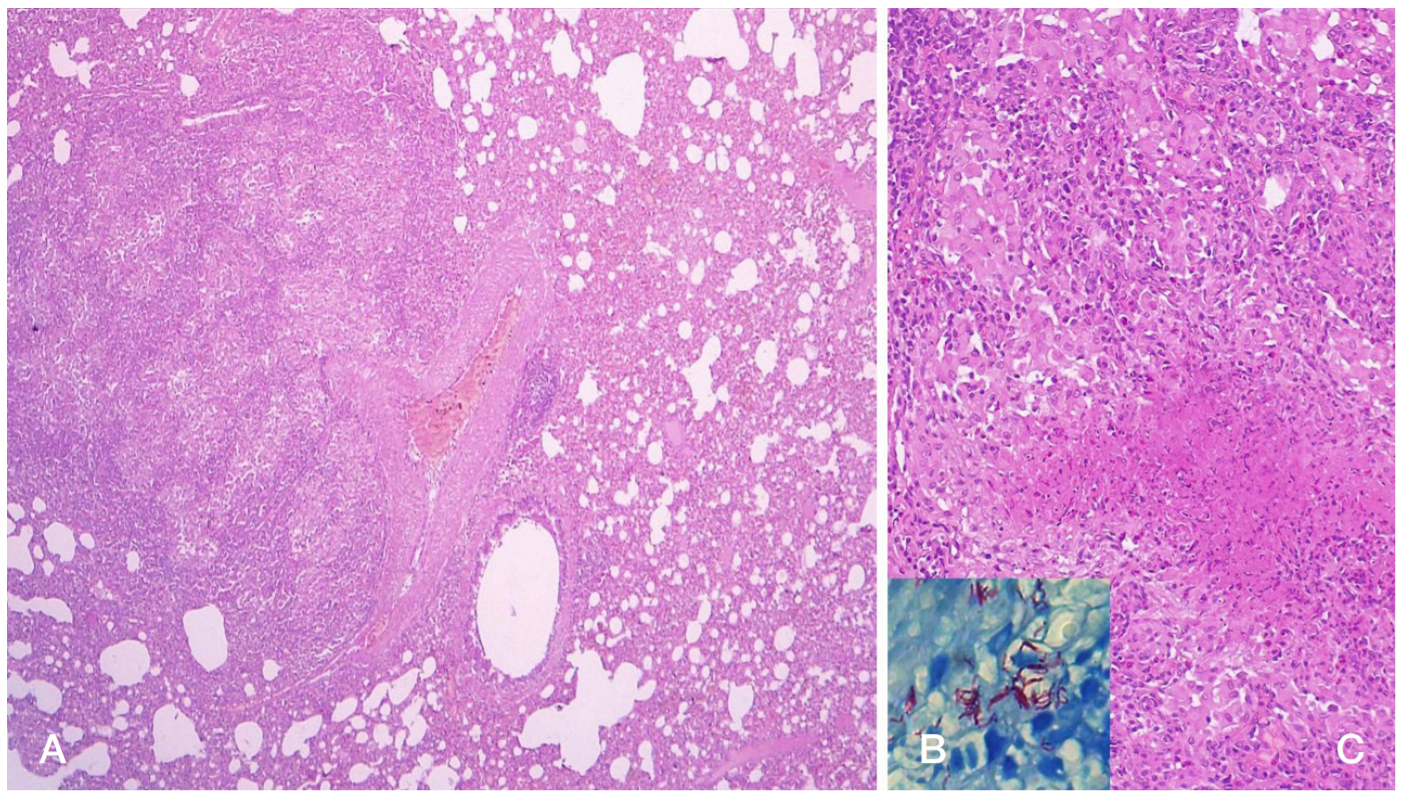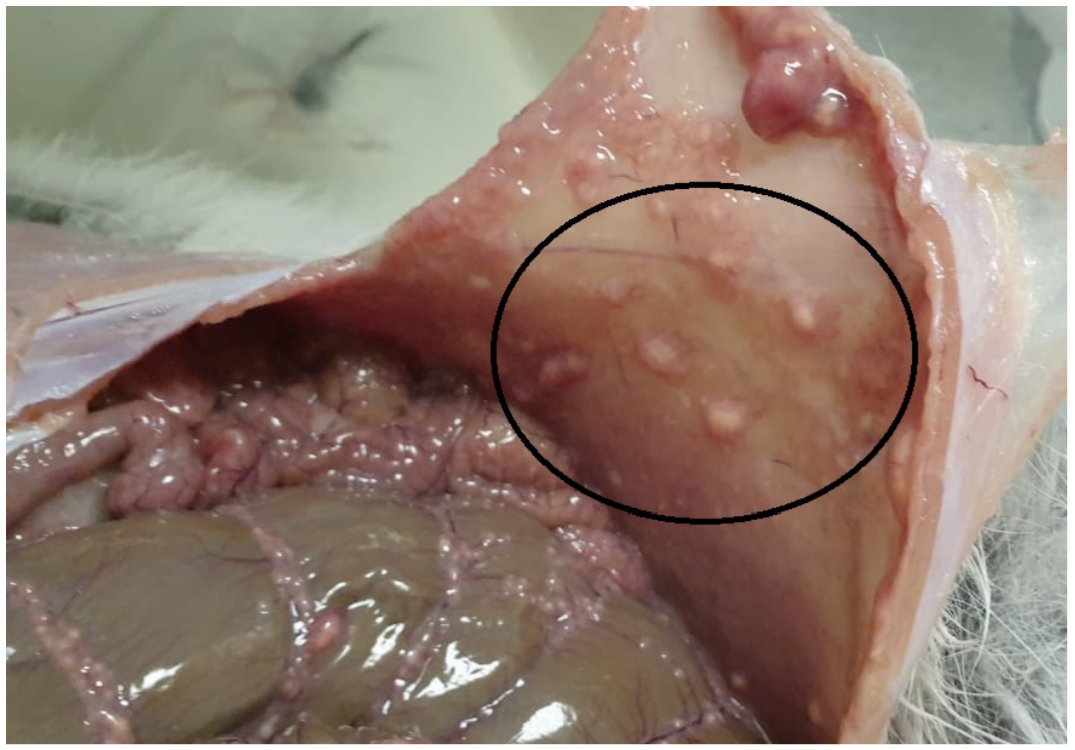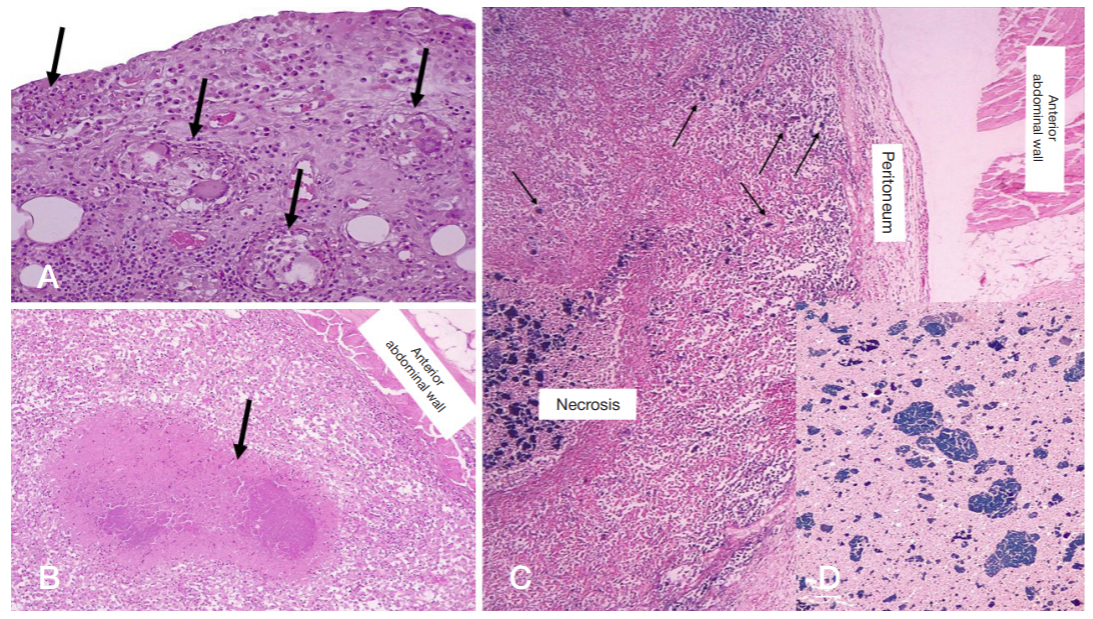
This article is an open access article distributed under the terms and conditions of the Creative Commons Attribution license (CC BY).
ORIGINAL RESEARCH
Features of the pathogenetic mechanisms of tuberculous peritonitis in an experiment
1 Moscow Research and Clinical Center for TB Control, Moscow, Russia
2 Pirogov Russian National Research Medical University, Moscow, Russia
3 Saint-Petersburg State Research Institute of Phtisiopulmonology, St. Petersburg, Russia
Correspondence should be addressed: Dmitry Vladimirovich Plotkin
Ostrovityanova, 1, Moscow, 117997; ur.tsil@31nk
Author contributions: Plotkin DV, Vinogradova TI, Sinitsyn MV, Bogorodskaya EM — study concept and design development; Plotkin DV, Reshetnikov MN, Zhuravlev VYu, Zyuzya YuR — material collection; Reshetnikov MN, Zhuravlev VYu — statistical processing; Plotkin DV, Vinogradova TI, Ariel BM, Yablonsky PK — analysis of the data obtained; Plotkin DV, Ariel BM, Sinitsyn MV, Bogorodskaya EM — text preparation; Vinogradova TI, Zyuzya YuR, Yablonsky PK — editing.
Compliance with ethical standards: the study was approved by the Ethics Committee of the Saint Petersburg Research Institute of Phthisiopulmonology (protocol № 73 of December 23, 2020). All manipulations with animals conformed to the requirements of the European Convention for the Protection of Vertebral Animals Used for Experimental and Other Scientific Purposes (CETS # 170) and followed guidelines provided in GOST 33216-2014 Rules for Working with Laboratory Rodents and Rabbits.




